Spreading the reading culture among students through the journey of reading and creativity in literature class
25/11/2024
In the era of social media development, accompanied by numerous entertainment and relaxation options, how can we cultivate a love for reading and establish reading habits among students?
"Cảo thơm lần giở trước đèn
Phong tình cổ lục còn truyền sử xanh"
(Truyện Kiều - Nguyễn Du)
Reading and immersing oneself in a great book, contemplating every page without being able to put it down, has long been considered a refined pleasure of the mind by our ancestors. For today’s students, this “joy” remains just as valuable. Especially at Greenfield School, reading combined with creativity makes the journey even more engaging.
Cultivating the Habit of Reading in Students
Reading helps students expand their vocabulary, enrich their cultural knowledge, and absorb the thoughts and perspectives of authors from different eras. With books as their companions, students embark on fascinating journeys through various stories, encountering diverse lives and developing empathy, compassion, and an appreciation for the beauty of the world around them. Beyond that, reading also hones their ability to distinguish right from wrong, strengthens critical thinking skills, and fosters reasoning through the dilemmas presented in books. More than just a relaxing activity, reading contributes to students’ writing skills. Recognizing its immense value, teachers at Greenfield School integrate reading as a regular practice, especially in Literature classes.
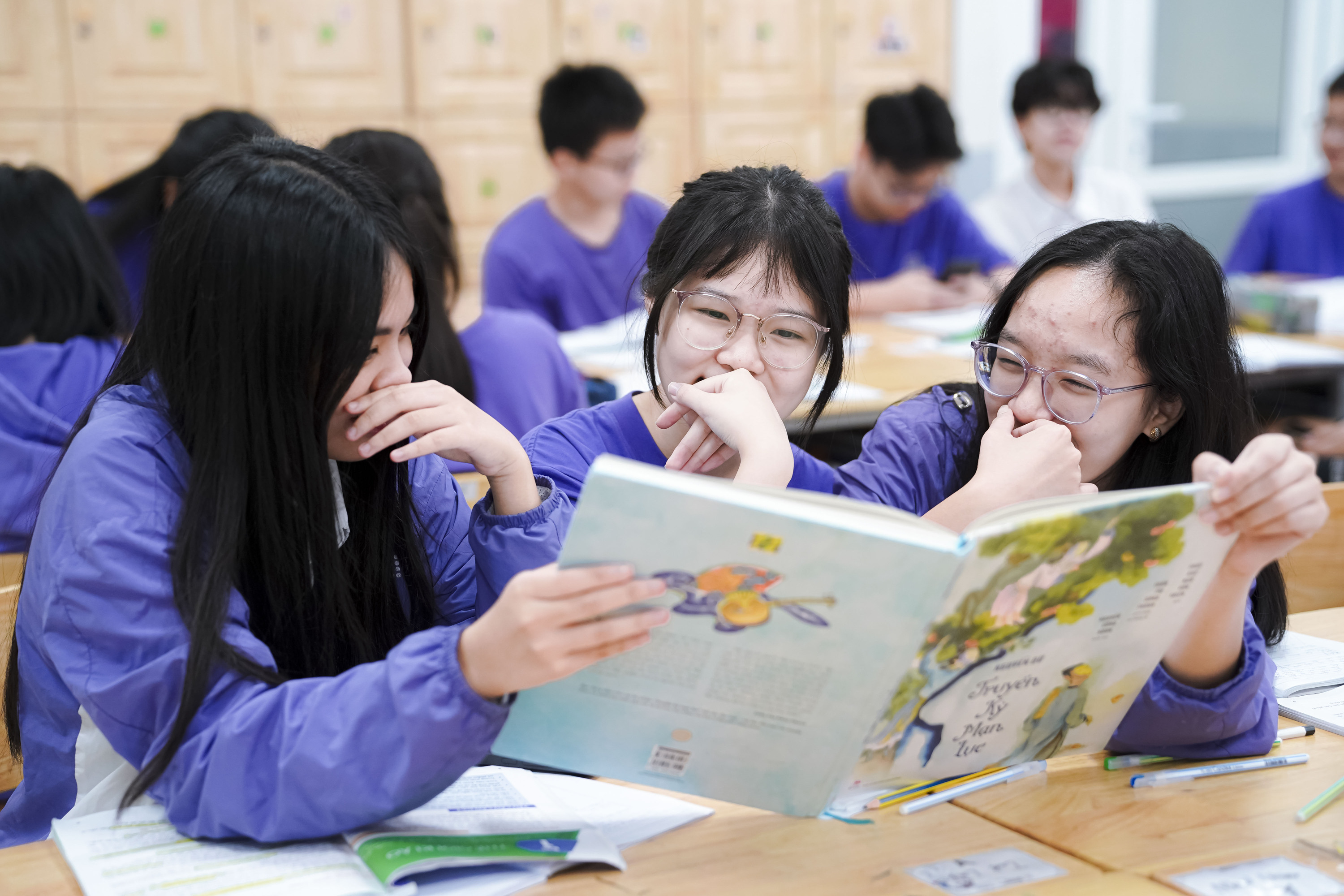
In an era where social media dominates and numerous forms of entertainment and relaxation are available, how can we instill a love for reading and develop a habit of reading among students? To ignite their enthusiasm, Greenfield School carefully curates reading lists for each grade level based on criteria such as age-appropriateness, student interests, diverse content, meaningful messages, engaging presentation, and relevance to textbook genres. The complexity and length of the books gradually increase as students progress through the grades.
To ensure continuous and effective reading, students begin by setting reading goals, then engage in independent reading both in class and at home. They track their progress using tools like reading checklists or Bingo charts. Each time they complete a book, they mark it on their Bingo board. Additionally, activities like “Reading Buddies” and “Book Exchange Days” encourage students to share books with peers, keeping their personal libraries fresh and exciting.
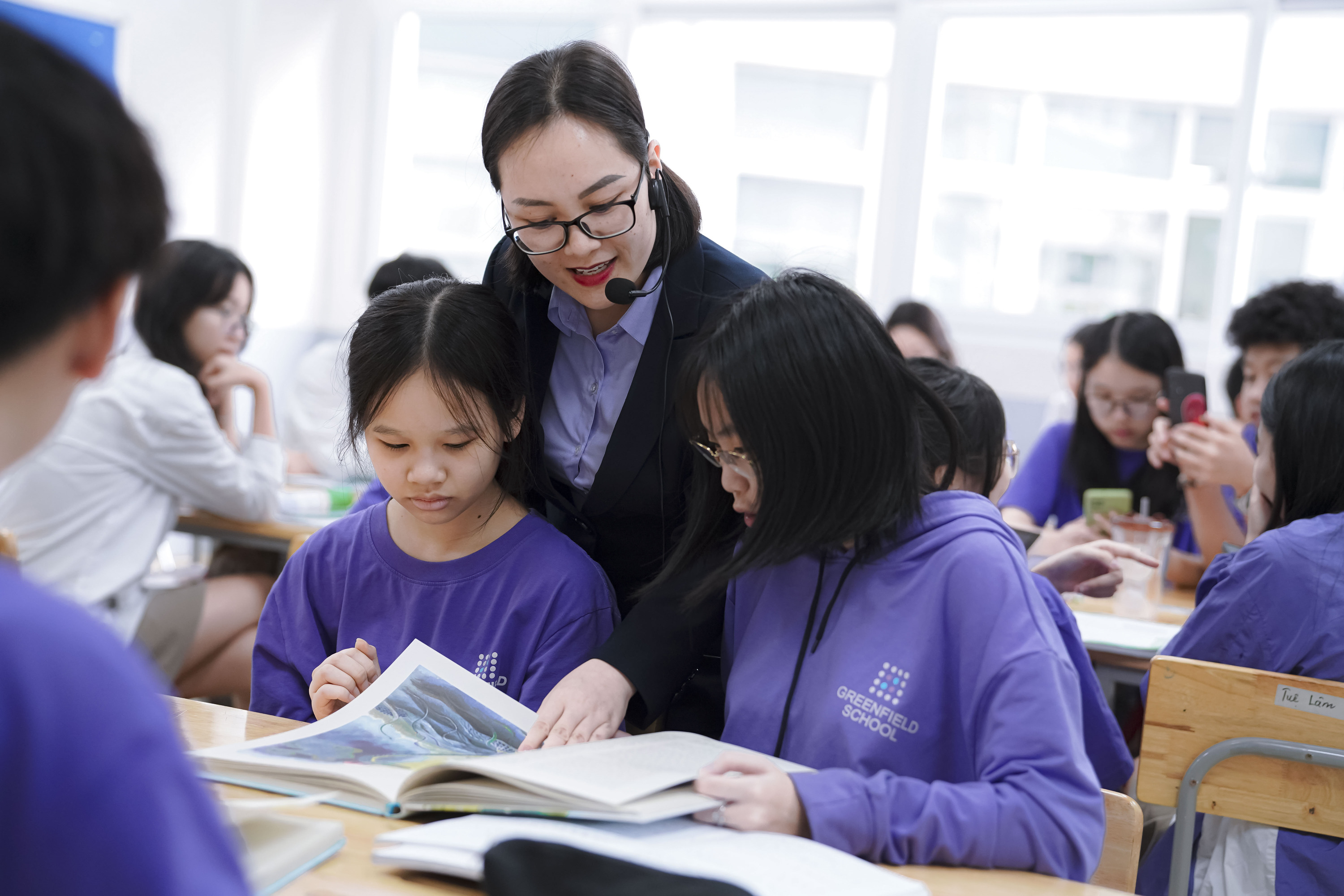
Understanding Books Through Creative Approaches
How can students gain a deep, thorough understanding of a book? After reading, they complete individual projects in various formats and increasing levels of complexity, from comprehension to application. Teachers and peers are often impressed by their creative submissions, which include artwork inspired by the story, mind maps summarizing plots, character dossiers, bookmarks featuring memorable quotes, redesigned book covers, hypothetical conversations with authors, or alternative story endings.
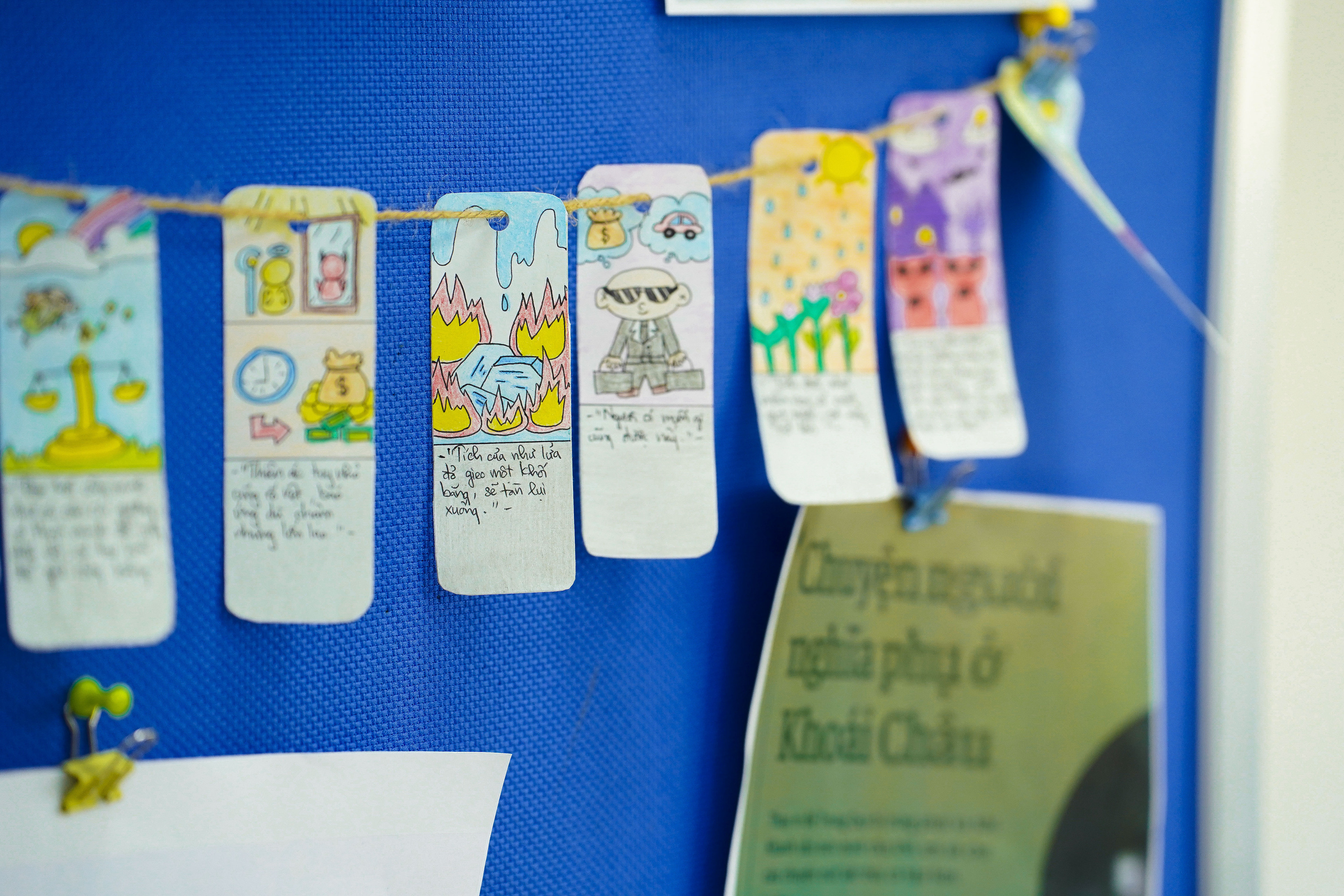
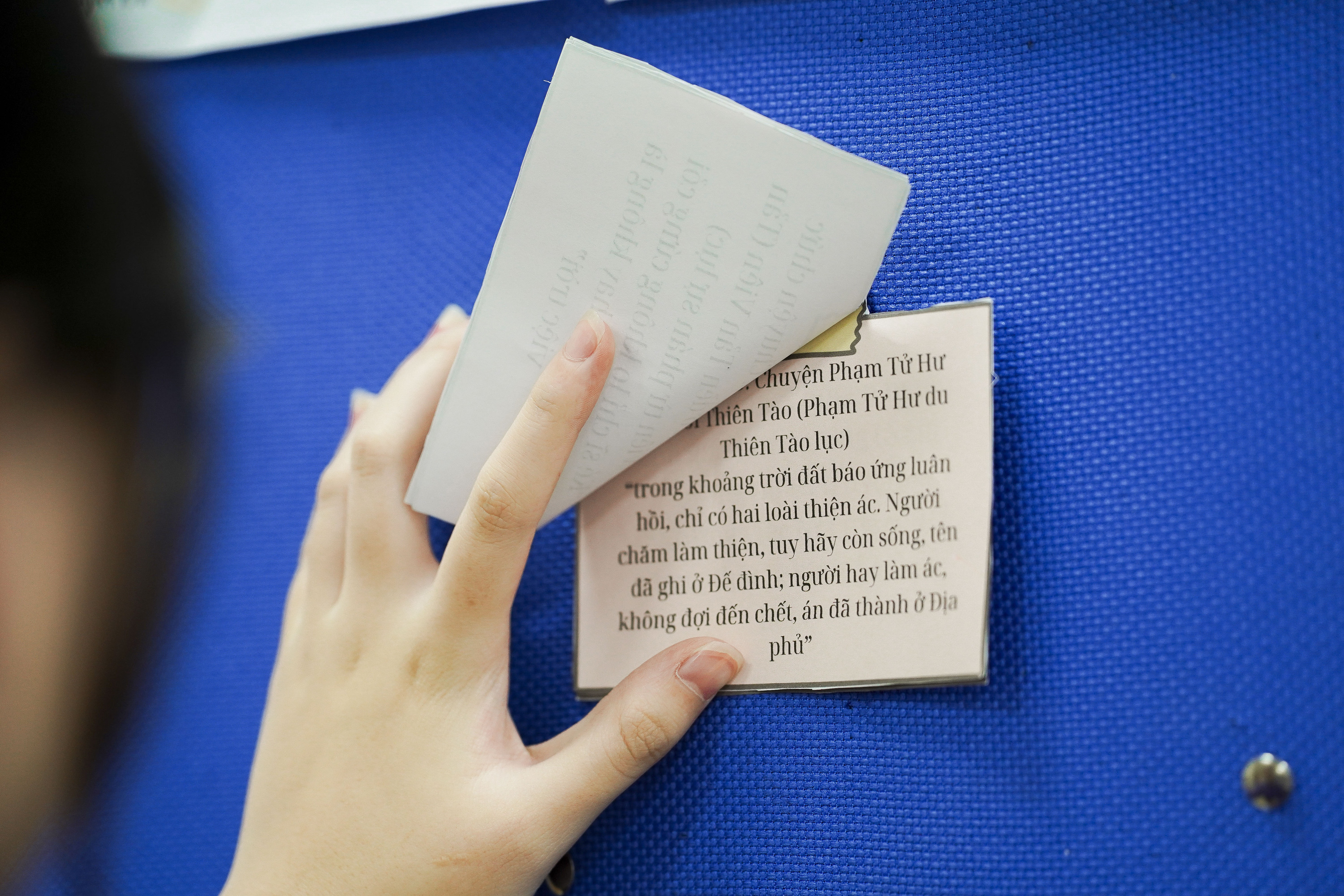
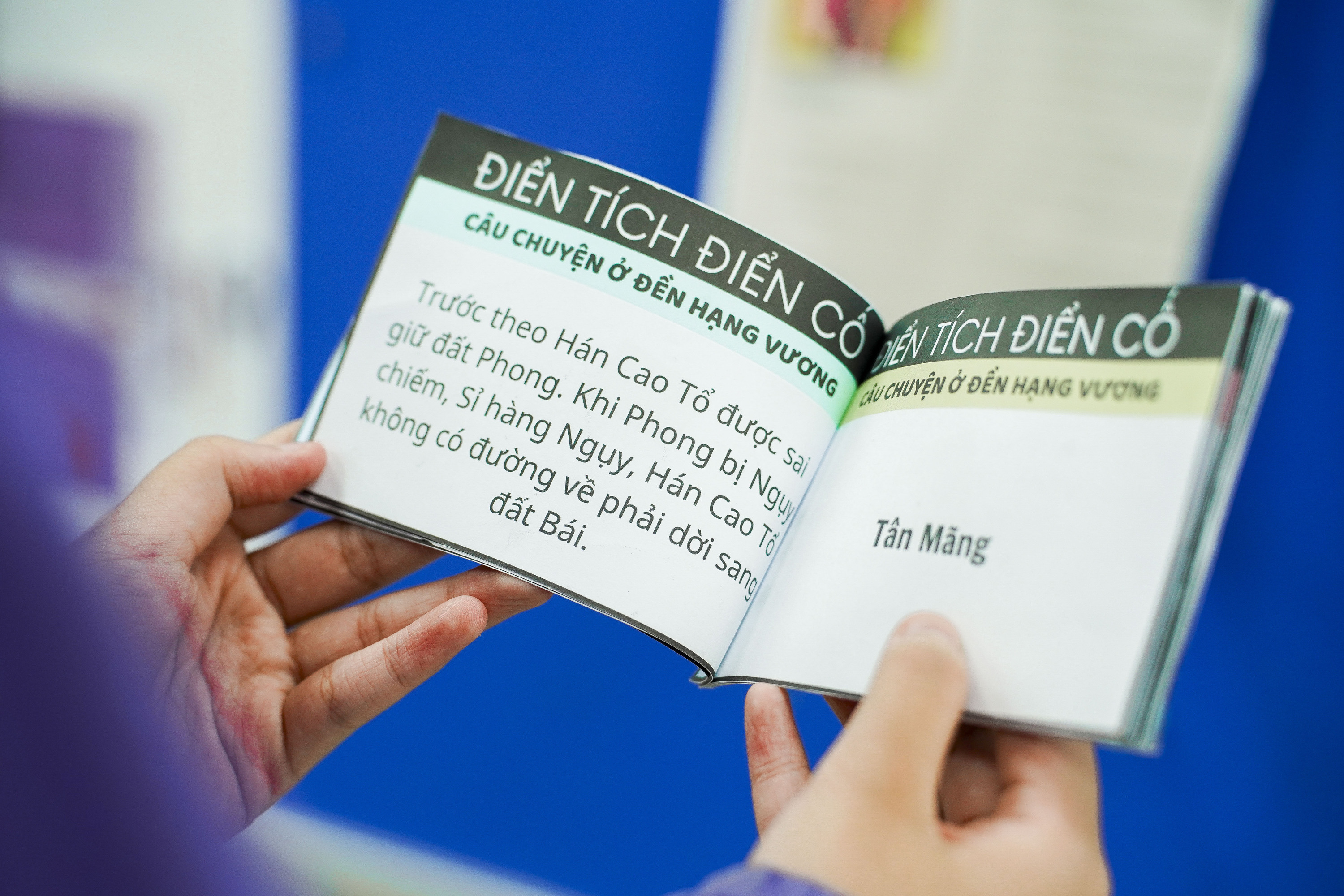
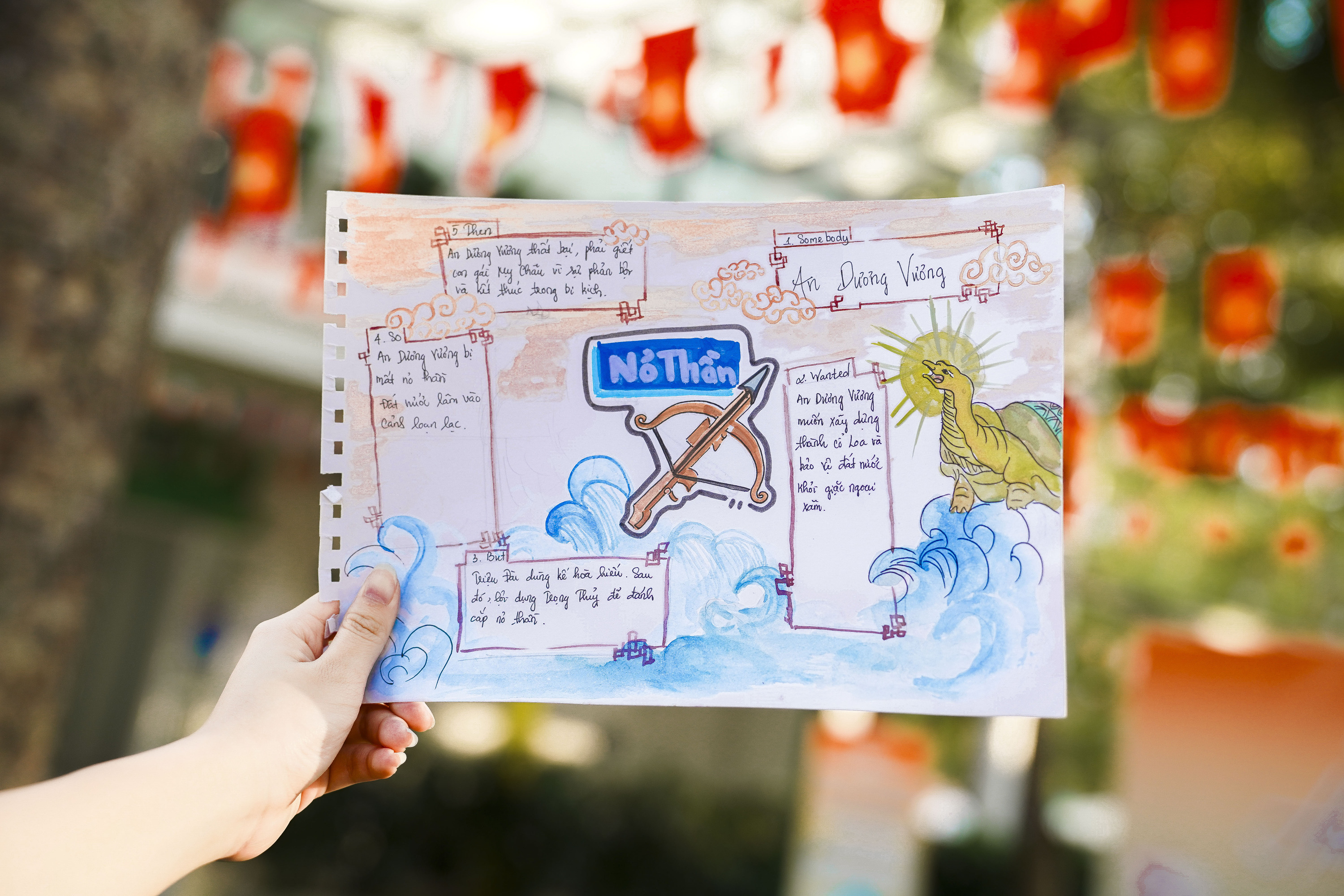
To conclude their reading journey, students present their projects in creative ways. For Grades 6–7, the first semester encourages reading across a variety of books. After finishing each one, students exchange books monthly to diversify their reading experience. Weekly reading sessions involve interactive tasks such as multiple-choice quizzes, creative projects like book cover design, comic adaptations of chapters in bilingual formats, and character profiles. These activities enhance reading comprehension and critical thinking skills while fostering a classroom reading culture.
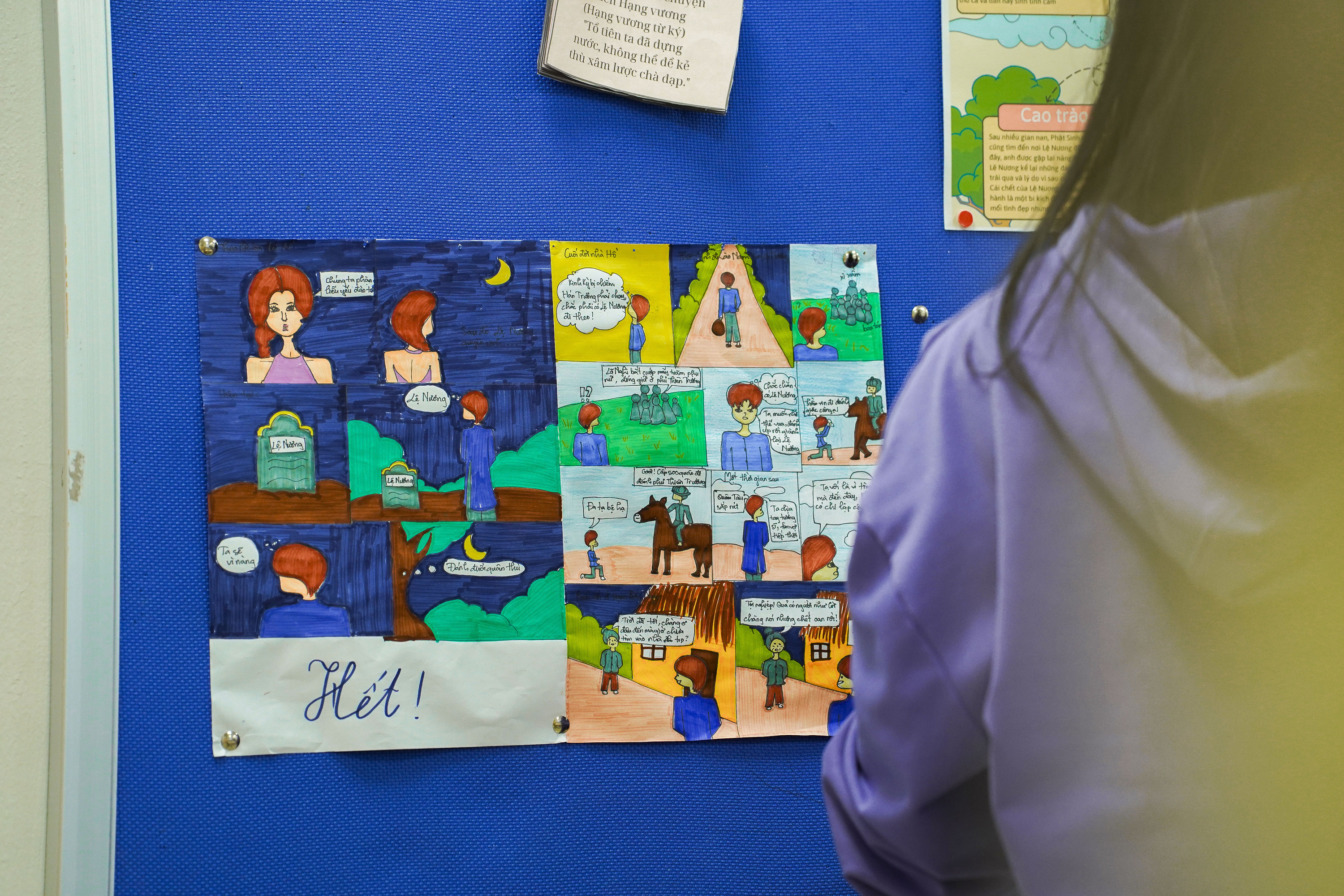
For students in Grades 8–9, book presentations are student-led, offering in-depth discussions on key aspects of the literature. These sessions provide opportunities for students to share their insights, feelings, and perspectives. Books are brought to life through engaging activities, from entertaining theatrical performances to heartfelt panel discussions. Moreover, students develop confidence in public speaking, debate, and argumentation.
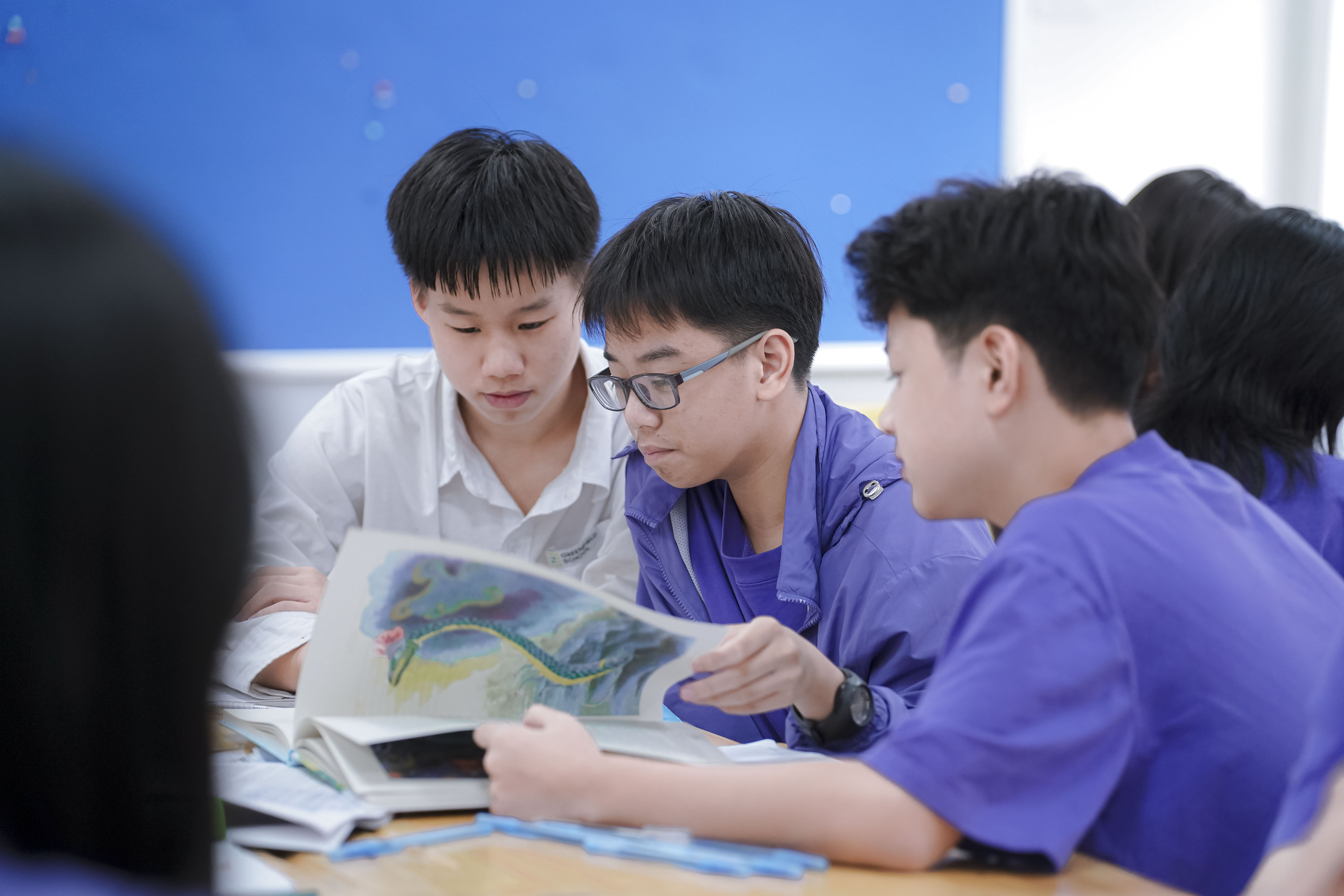
Through these reading and experiential activities in the first semester, teachers believe that students have cultivated a passion for reading, gaining the motivation to continue exploring and conquering new books throughout the academic year.
(This article was written by Ms. Doan Thi Thanh – Literature Teacher at Greenfield School)








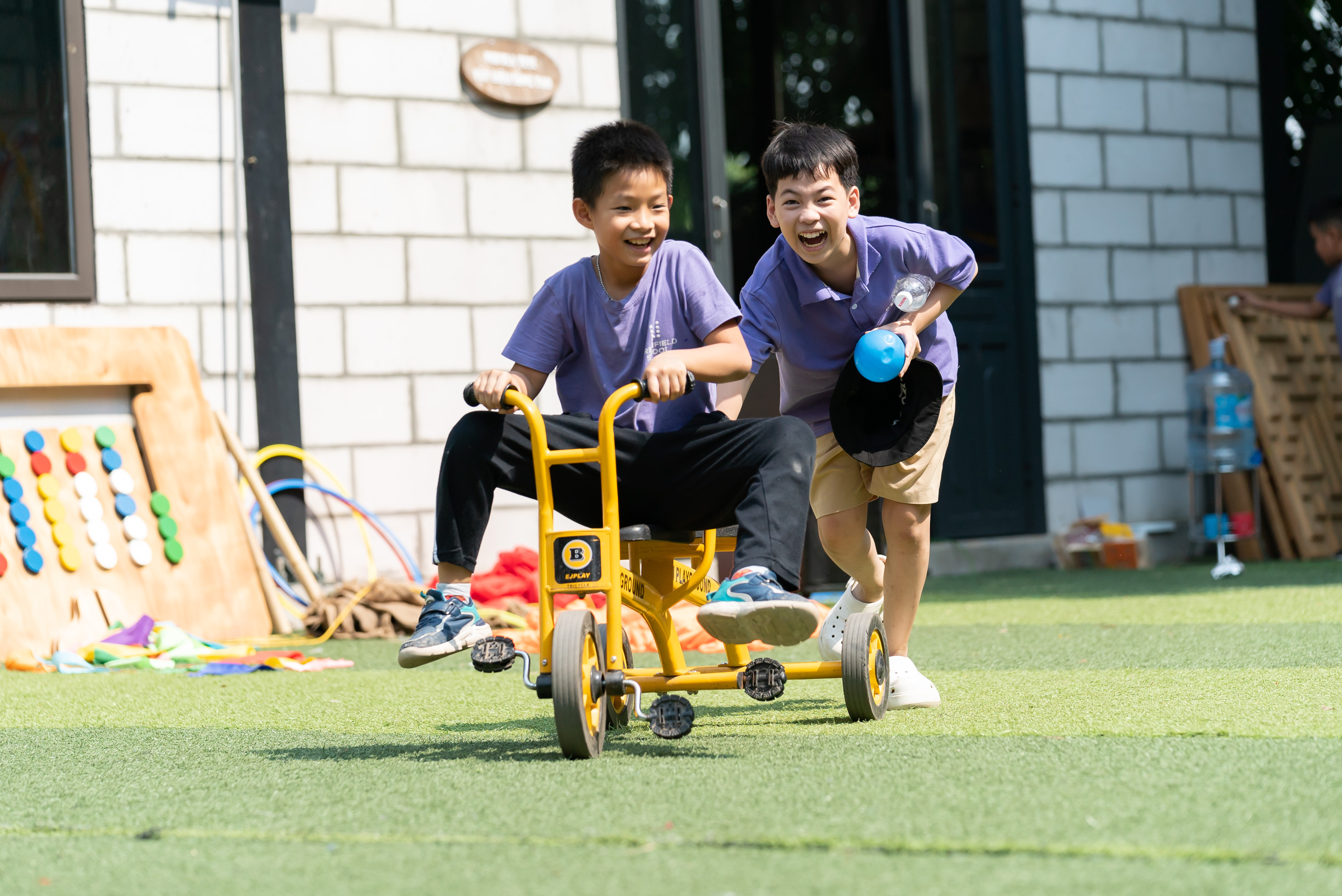








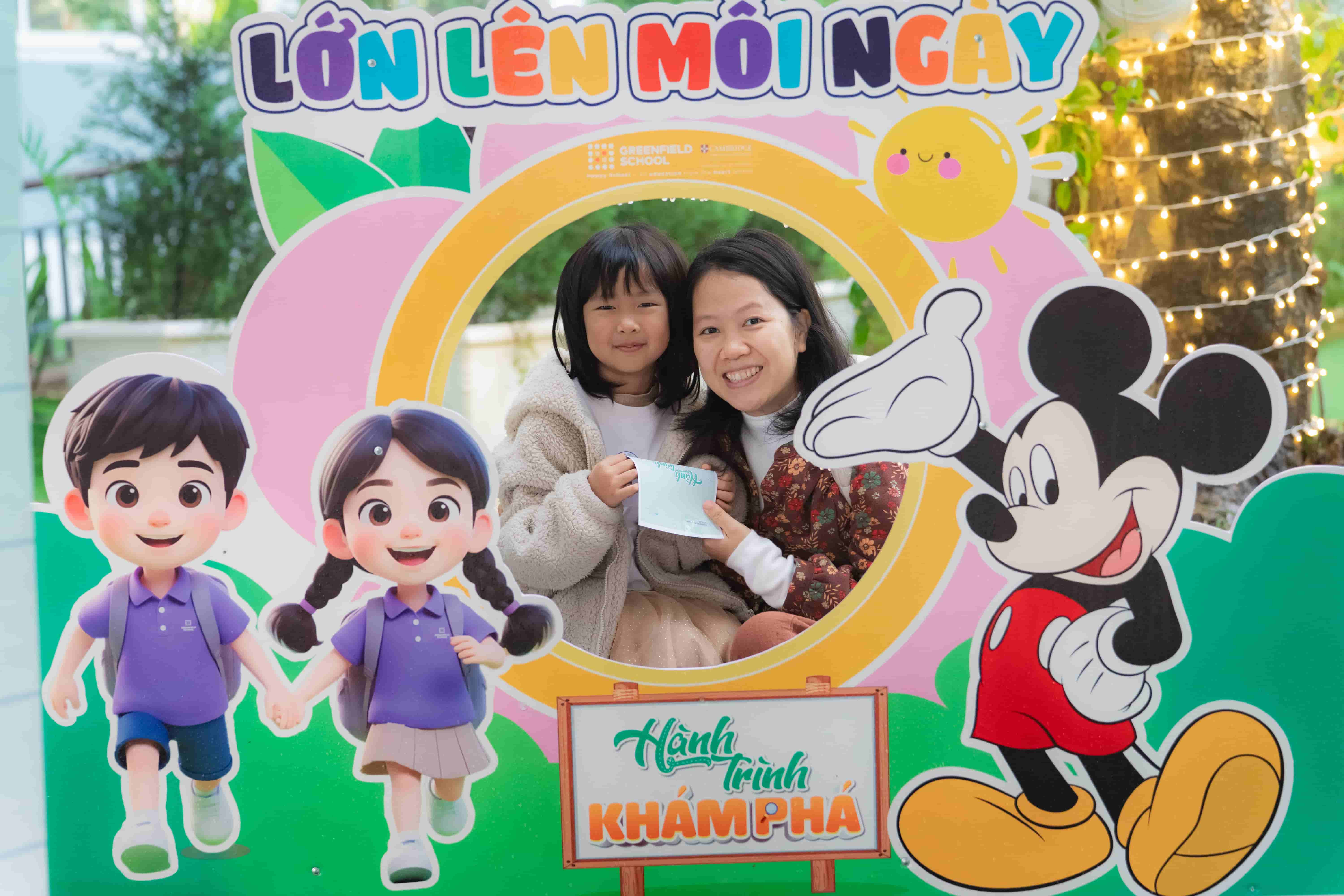

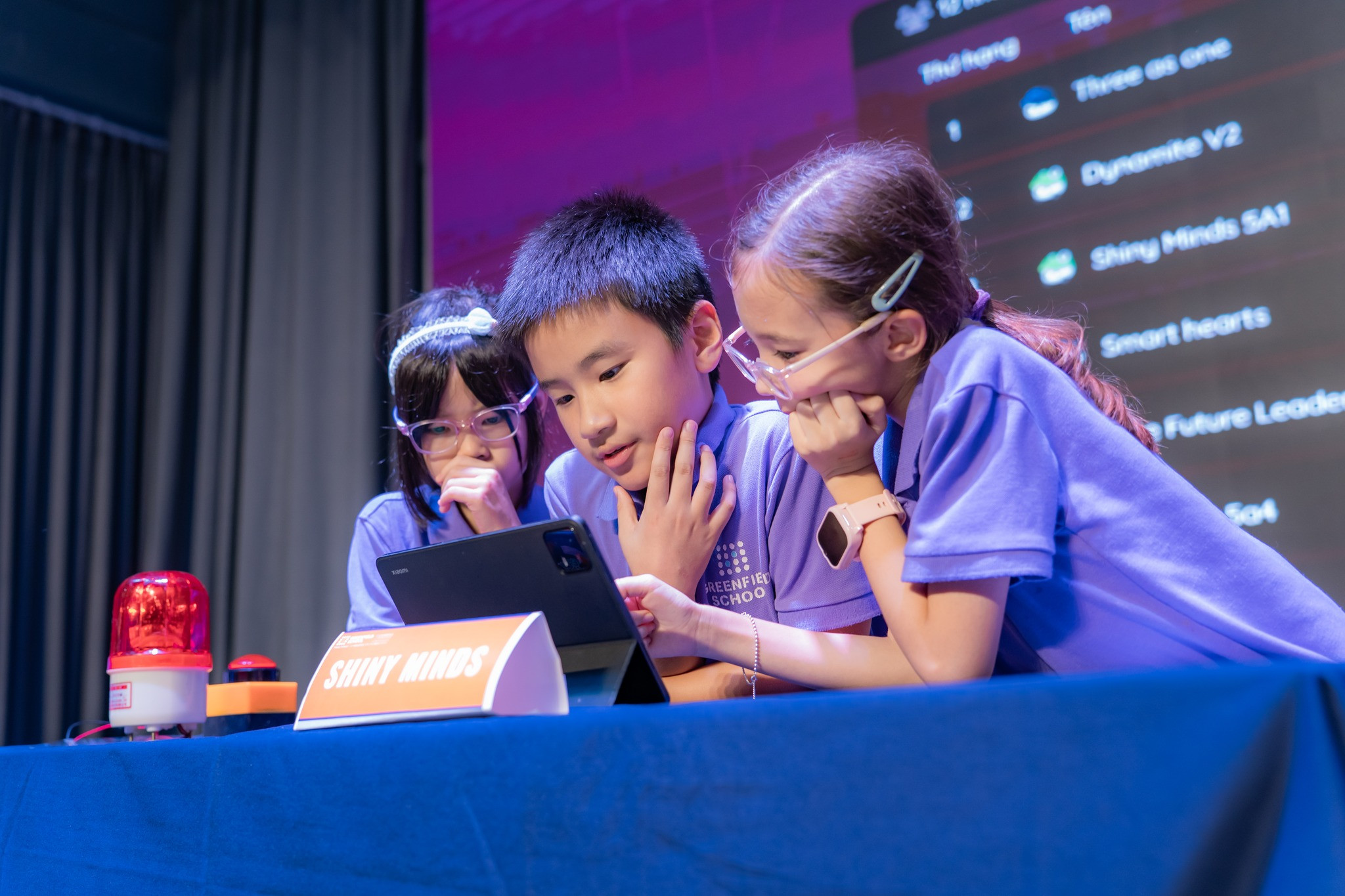
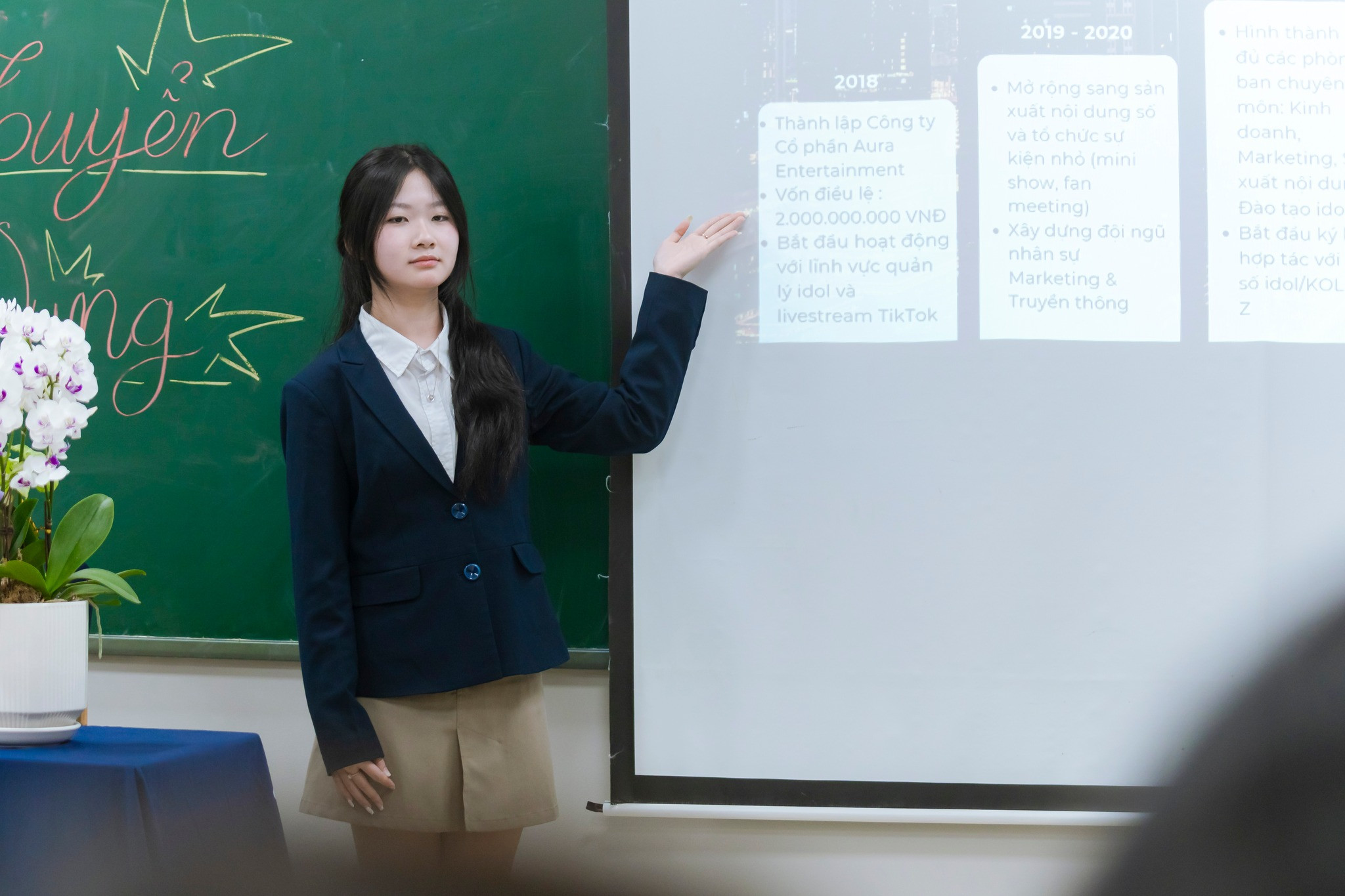
 APPLY
APPLY
 VISIT
VISIT
 INQUIRE
INQUIRE





